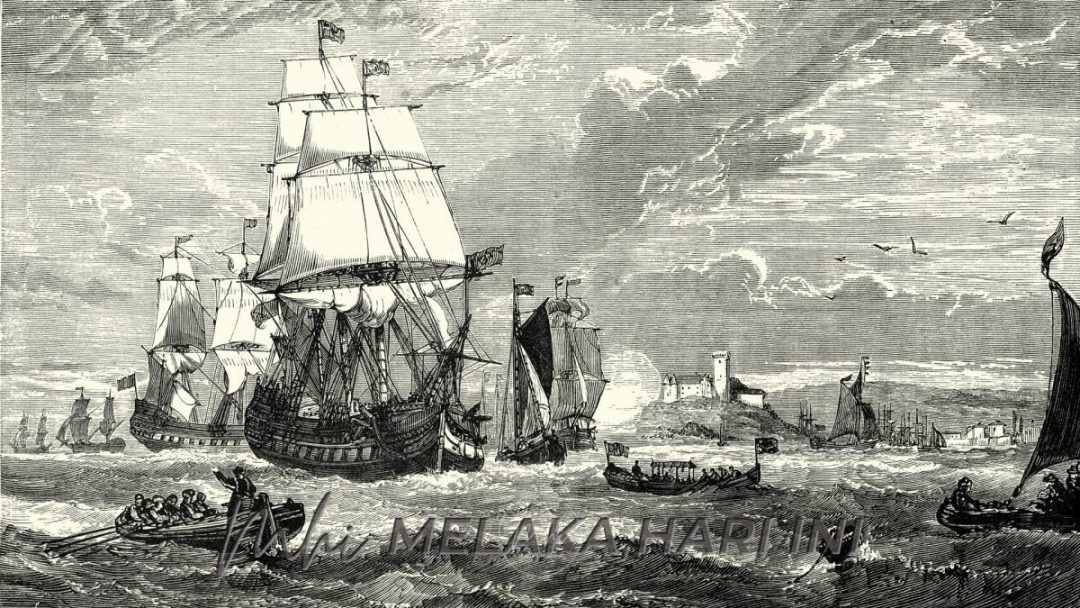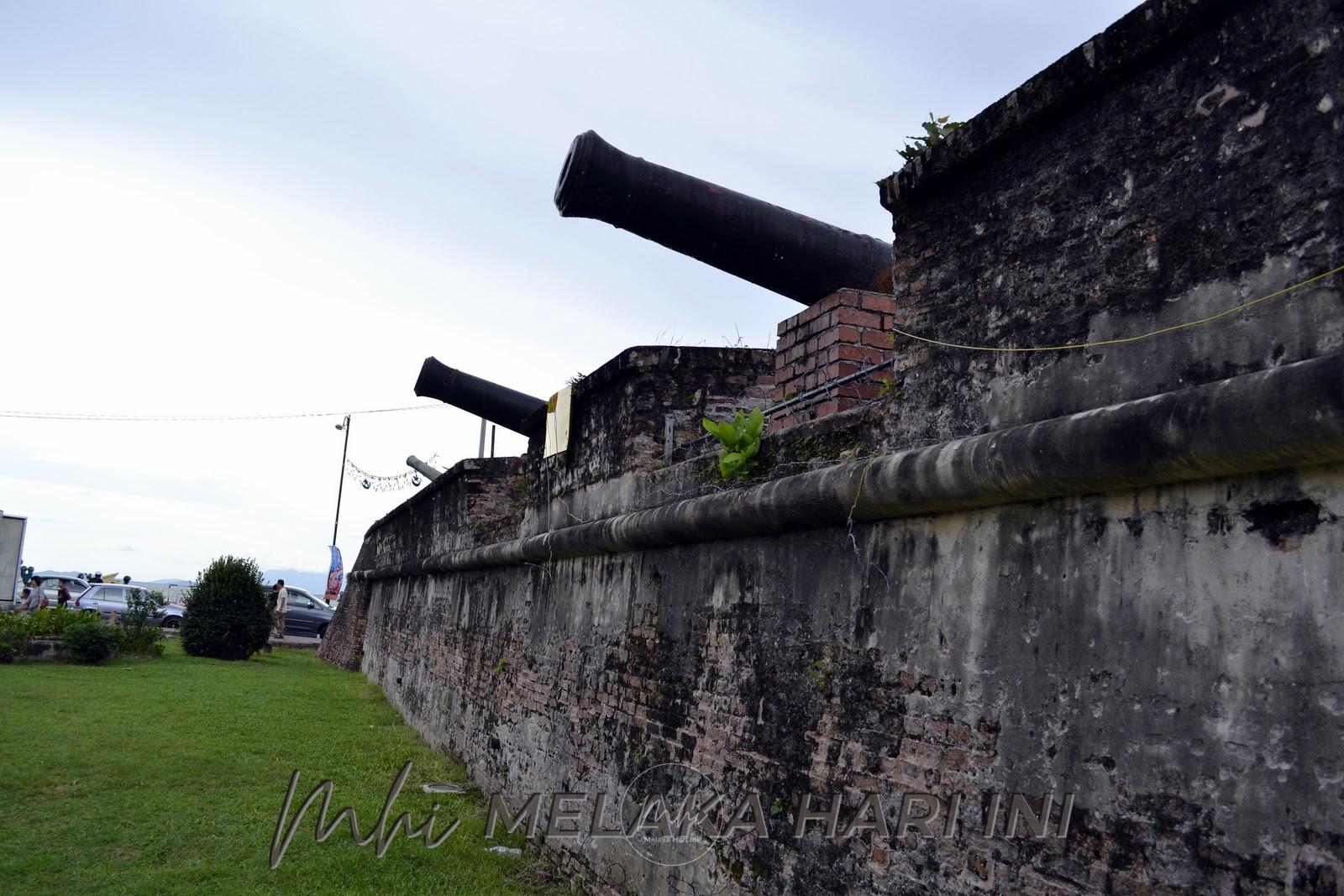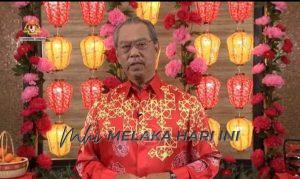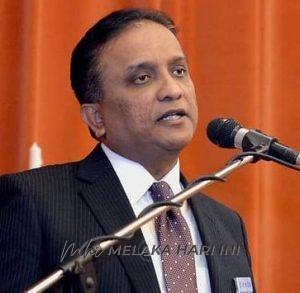
Nakhoda Light in the Malay World
I begin with an old narrative. I am rehearsing this week’s column with the mention on the history of Penang, or of George Town. Immediately one sees the image of Francis Light, as ‘founder’ and ‘discoverer.’ That image lends a powerful story on the ‘origins’ of the island, completely severing it from Kedah. And even when I wrote critical perspectives of what I would appropriate henceforth as Pulau Pinang in the Malay press, much with the purpose of decentering Light and the East India Company (EIC), the editors would still moor toward the image of Francis Light.
Light and the colonial perspective suffer from the logic of over-representation; more precise, of misrepresentation. The name ‘Penang’ is not correct. It is a corruption of the word ‘Pinang.’ And why would there be two spellings for the state, and not like that of Melaka, regardless of the language used. I am referring to popular narratives. But also check the Federal Constitution on the provision of names of states in the federation – the Bahasa Melayu and English versions. The English-language press would state the name as ‘Penang’ whereas the Bahasa Melayu ones as ‘Pulau Pinang.’
In early July of 2020, the vandalizing and defacing of Light’s statue received much publicity. One newspaper reported it as “The statue of Captain Francis Light, founder of George Town, has been defaced with red pain splashed on it.” It further stated that “The statue was erected 84 years ago to commemorate Light’s contribution to the founding of George Town.” Both “founder of George Town” and “founding of George Town” are fallacious – the all too familiar colonial template. The new name for Tanjong Penaga was not founded. It was usurped.

The statue is now located within the grounds of Fort Cornwallis, in Padang Kota Lama. The face of the statue was not of Light but modelled from his son, William, born in Kuala Kedah in 1786, and known for planning the city of Adelaide. William’s papers are in the Adelaide City Council Archives.
William was the offspring of the union between Light and Martina/Martinha Rozells, Light’s ‘Serani wife,’ is usually identified as a Thai-Portuguese Eurasian lady. The name Rozells is French. Some have suggested that she was a lady from the Kedah court, described as nyonya in some records. They communicated in Bahasa Melayu, also wrote in Jawi.
Light, an Anglican, was born in Dallinghoo, Suffolk, England in 1740. He has been resident of the Malay Archipelago since 1771 (died 1794). In 1765, he set sail on board the Clive, belonging to the EIC bound for Bombay and Madras. In Madras, he was given the responsibility of a trading vessel, the Speedwell, owned by the Madras-based firm Jourdain, Sulivan & Desouza. This makes him a ‘country trader’ – the owner/captain of trading vessels in the region – a ‘nakhoda’, one of the thousands who plied the seas and straits in the Archipelago and the (Indian) Ocean over the centuries. They were the purveyors of trade and cultural interactions along the littoral areas of the Malay Peninsular, Sumatra, Java and Borneo before colonial conditions.
Light initially placed himself at Ujung Salang (now Phuket, also known as Thalang, and Junk Ceylon, the latter could be a corruption of ‘Ujung Salang.’). There he was searching for suitable ports to trade, traversing much of the islands on the Western part of the Archipelago, taking to himself to learning the ways of the Malays. He was fluent in Bahasa Melayu, and Jawi, intimate with Malay customs and culture. For some 23 years in the region, Light had engaged with Malay society, their rulers and dignitaries. One account from Phuket described himself as wearing the baju Melayu and the kain pelikat, with the occasional songkok.
It has been suggested that Light be viewed as the European representative of an international community of traders “who operated entirely within local rules and conventions and had been absorbed into local political, administrative, social and economic.” One scholar of Malay letters and philology who has closely studied the Francis Light Letters at the archives of the School of Oriental and African Studies, University of London insisted that Light represented the EIC and the larger outcome of the dynamics of European geopolitical expansion. This implies a position of “superiority and a form of imperial hauteur,” at the same time, a servant of the Sultan “who metaphorically prostrated himself in the dust underneath the soles of the sultan’s royal feet.”
Remember that a large part of his life was away from mainstream English society. Despite his recalcitrance with the Kedah rulers, and cited by historians as breaching the standards of international law in illegally occupying the Kedah island, Light was a cultural ‘native’ of the region.
As it is thus far known, Light was the first European in the Archipelago who mobilized himself from within indigenous Malay society. Figures like Nakhoda Scott and Nakhoda Glass were Light’s “brothers in his Malay affairs.” Light himself, and the EIC apparatus that he introduced to the picture, echoed the waves and ripples to European expansion in history.
Light’s sentiment on the region’s ethnography could be seen from the name of his other son born in Pulau Pinang in 1791 – Francis Lanoon/Lanun Light. His descendants is the Capel family in Pulau Pinang.
On the other hand, the many episodes and encounters between the Kedah Sultanate and Francis Light (and the EIC) indicate a common Malay view toward the British and the Europeans. To the Kedah rulers, the Europeans were another “wandering sea lord” – a nakhoda.
NEXT WEEK : Unveiling Tempo
Prof. Dato’ Dr. Ahmad Murad Merican is Professor of Social and Intellectual History with the International Institute of Islamic Tho ught and Civilization, International Islamic University (ISTACIIUM). He is a Senior Fellow with the Southeast Asia Research Centre and Hub at De La Salle University, Manila, the Philippines.
Langgani saluran Telegram kami untuk dapatkan berita-berita yang terkini.


